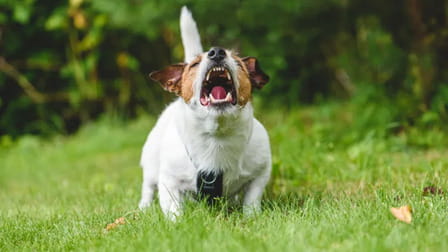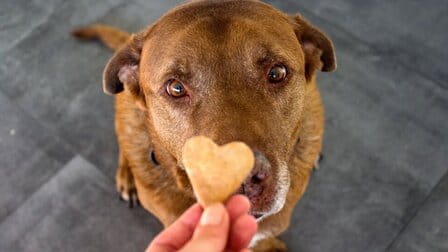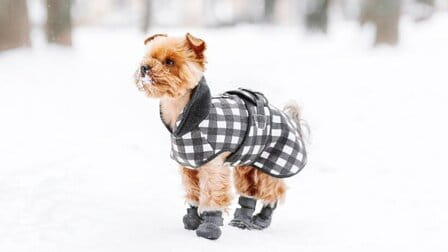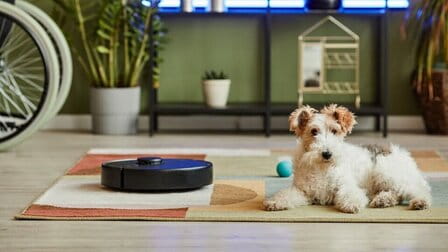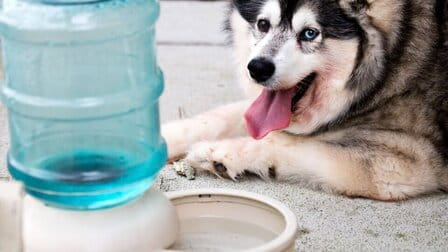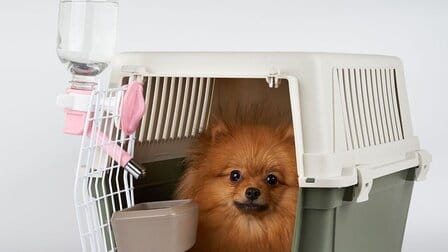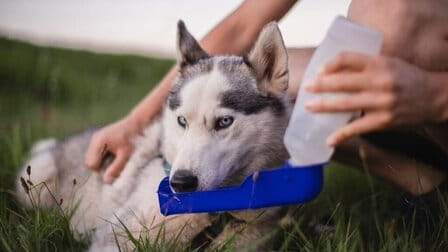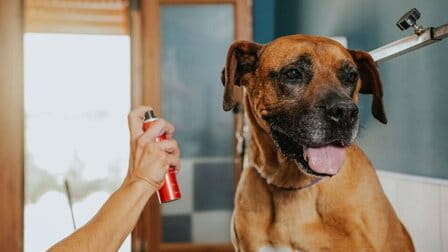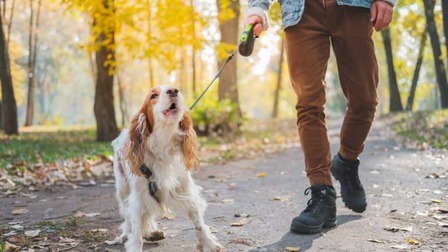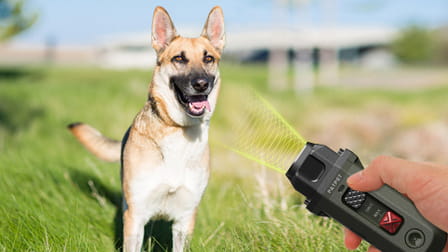To ensure the health and well-being of your pet, you must choose an appropriate and safe chew toy for your dog whether they are large or small dogs. Look at your dog's chewing habits, strength, and size and durability of toys that work best for them.
Furthermore, look out for signs that the toy may be dangerous or in need of replacement. And when it's time to play with chew toys, you should always remember the benefits of chew toys for dogs.
Benefits of chew toys for dogs
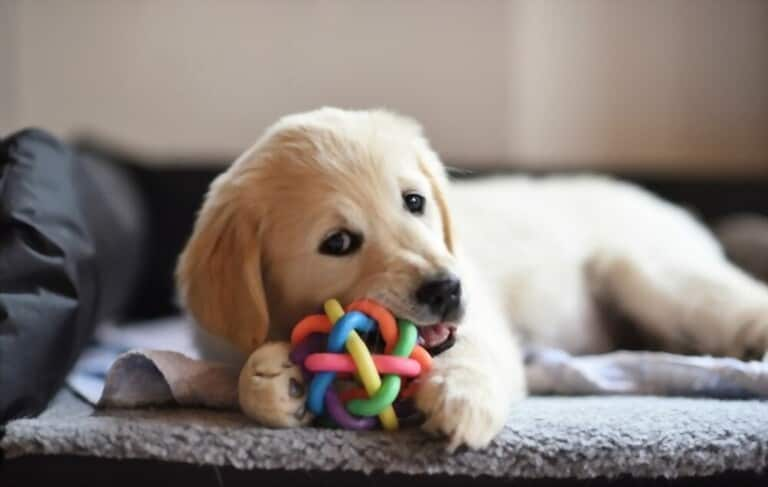
1. Chew toys may be safer for dogs than dog bones
A common link between dogs and bones is known, but bones can be dangerous for dogs. In addition, they pose a choking hazard and can harm your dog's mouth as well as cause broken teeth, digestive problems, and blockages. If cooked bones and raw skin are especially unsafe. A heavy-duty, durable, non-consumable rubber chew toy to safely satisfy your child's chewing instincts.
2. Chewing toys promote oral health
Regular chewing can help clean the teeth and gums of dogs like Arm and Hammer. The chewing action helps to smooth the teeth and scrape away tartar. It also promotes antibacterial saliva that cleans the dog's mouth. You may also notice your dog's breath improves with dental chewing. Just be aware that chewing can never replace a stiff bristle brush. Always brush your dog's teeth and supplement oral health with chewing gum.
3. Chew toys can reduce stress and anxiety for dogs
Just as yoga or meditation can help people calm down, chewing can be a meditative activity for dogs. When anxious, dogs tend to chew to alleviate that feeling. If your dog gets stressed by the sound of fireworks and storms or is anxious about separation, try giving them a chew toy during those times to help calm them and keep them happy.
4. Dog chew toys help puppies teeth
Puppy chew toys will be a must-have. Chewing can help relieve pain when puppies are teething. If the puppy's gums appear soft, dog owners can try putting a chew toy in the freezer before giving it to the puppy for an extra soothing effect. Chewing also promotes tooth development so puppies can develop strong and healthy adult dog teeth.
5. Dog chew toys that provide mental stimulation
Just as dogs need exercise, they also need mental stimulation. Chewing is a really fun activity for dogs and requires intense concentration. Chew toys and interactive dog toys are great ways to build your dog's intelligence.
6. Durable dog toys help to prevent destructive chewing
You certainly don't want any of your shoes damaged. Chewing toys are a great way to prevent destructive chewing. If you can redirect them to toys to chew on, they can reap all of the above benefits without damaging any shoes.
7. Chew toys keep your dog busy
This is a great way for your dog to play alone when they don't have a tug partner. While they are busy nibbling on chew toys, they can complete some chores or have dinner without interruption.
How to choose a chew toy
1. Find out your dog's chewing personality and chewing style
All dogs in general have a desire and love to chew. However, each dog has its way of chewing. Therefore, when you are shopping for chew toys, it is important to observe the dog and determine what type of chew the dog belongs to - their "newness".
1.1 Smokers
This type of inhaler takes large chewable pieces and swallows them quickly - that's why they are also known as "Gulpers".
1.2 Terminator
This style thoroughly destroys anything they put in their mouths! These dogs love to shred their toys and chews. They might or might not swallow what they destroy.
1.3 Nibbler
This type takes time and slowly enjoys their chews and toys, and will give them the respect and care they deserve.
1.4 Gentle chewing machine
These types of chewers are easy to toy with and they rarely destroy them. They prefer fabric toys or plush. They tend to lick or suck on toys.
1.5 Average chewers
These chews play with all sorts of toys (making shopping much easier). They often carry toys from place to place. Fabric and fur toys are often damaged, but they are rarely damaged by rubber toys.
1.6 Electric chewing machine

These chewers will be more discerning when it comes to toys. These chews need durable and interactive toys made of sturdy rubber. One helpful tip when choosing toys for electric chewers is to choose sizes larger than the recommended size and weight range.
In addition, teething chewers are the puppy's way of instinctively chewing but also to relieve pain and discomfort when teething. Make sure their chew toys can withstand sharp needle teeth.
For senior chewers, it's important to still give them the option to chew, but make sure you're using a slightly springy chew that will be gentle on their aged teeth, gums, and jaw. Older dogs can develop arthritis in their jaws, so choosing a toy is appropriate for that condition.
2. Quality and Durability
Consider general chews and toys that are most likely to be safe and enjoyable for your puppy's chewing style.
For inhalers include:
- Rubber toys
- Stuffed toys
- Balls
For destroyers:
- Edible chewable rubber toys
For those who like to snack:
- Rubber chew toys
- Edible chewable plush toy
- Balls
3. Buy quality chew toys
Every dog is different and every dog can chew differently. And there are countless types of chew toys. You should rely on the several factors.
Toughness: If you cannot bend or break a toy with your bare hands, you should avoid the toy.
Check the thumbnails - if the toy doesn't "give" a little when you press on the thumbnail, the toy is too hard for the dog and could break or crack its teeth.
'Hammer rule' - if a nail can't get through the chew, the dog shouldn't chew it.
'Knee Cover Rule' - if you get hit in the knee by a toy and it hurts, it means the chew toy is too hard or heavy for the dog.
4. Toy material
4.1 Nylon or rubber chew toys

Look for nylon or rubber chew toys that are sturdy enough to withstand severe chewing, and "light" enough that they won't damage your pet's teeth. Furthermore, some hollow rubber toys allow you to hide snacks inside or stuff peanut butter in. You should then freeze the stuffed toy for a delicious and long-lasting treat for your dog.
4.2 Chewing food

Chewable foods tend to be easier to digest for dogs, and any product approved by the Veterinary Oral Health Council (VOHC) has been shown to prevent plaque and tartar build-up.
4.3 Ball

A hard rubber ball is perfect for ball picking, it's impossible to chew the ball into pieces. Furthermore, make sure that the ball is the right size for the dog.
5. Avoid dangerous chew toys
Every chew toy has potential hazards, but some toys pose more of a risk than others.
Skeletal; Bones may seem like a durable option for those who chew a lot, but they are hard enough to break a dog's teeth. Sharp, broken pieces of bone can pierce your dog's neck or get stuck in the esophagus. Whether cooked or raw, bones are still too hard for dogs.
Cow's claw: this can cause your dog's teeth to break or crumble into small pieces. The rounded shape poses an additional threat because the hooves can wrap around the dog's lower jaw, behind the canines, and usually must be removed by a veterinarian.
Gauze: The hardness of gauze can cause broken teeth and sharp tips, which can injure your dog's gums and throat, and create a puncture wound in the mouth.
Raw leather: made from chemically treated animal hides and can become contaminated with bacteria and make your dog sick. Large pieces of raw skin can get stuck in the digestive tract and sometimes abdominal surgery is required to remove them.
Conclusion
The benefits of chewing are great for your dog's physical and mental health, so you must give them plenty of things that are safe and appropriate to chew on. If not, they will come up with their own chewing "toys". In addition, you should also measure the dog's personality, thereby choosing a suitable chewing pattern.

